|
 ACL Rehabilitation ACL Rehabilitation
Anterior Cruciate Ligament Reconstruction Rehabilitation Protocol
The following chronology serves as a general guideline for you as a patient to better understand the protocol and time frames associated with your ACL reconstruction rehabilitation.
Please keep in mind that these time frames are to be considered approximate and may not be met by all patients at the specific timeline. This is due to differences in healing, tolerance, and subtle differences with the surgical procedure.

Injury
There are many ways the ACL can be torn; the ligament tears because it is overstretched. The movements of the knee that can result in a tear is when the knee is straightened more than 10 degrees beyond its normal maximal position (hyperextension) - the lower leg is forced forward in relation to the upper leg. It can happen from a rotational injury when the knee twists when the rest of the body is moving straight.
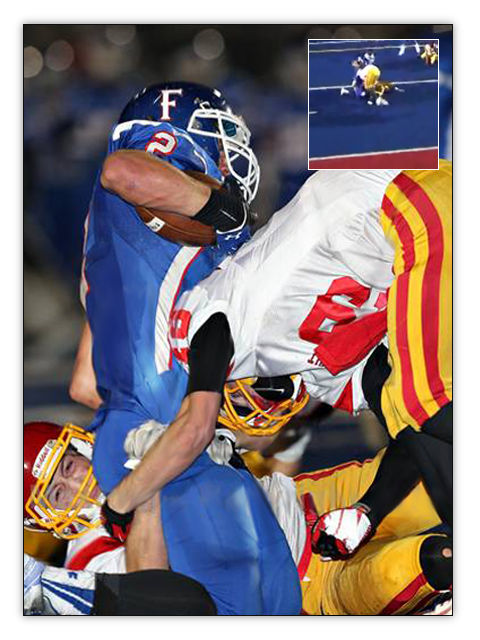
Tears in the anterior cruciate ligament often take place when the athlete receives a direct impact to the knee while the leg is in a stable position. For example, a standing football player is tackled sideways when his feet are firmly planted.
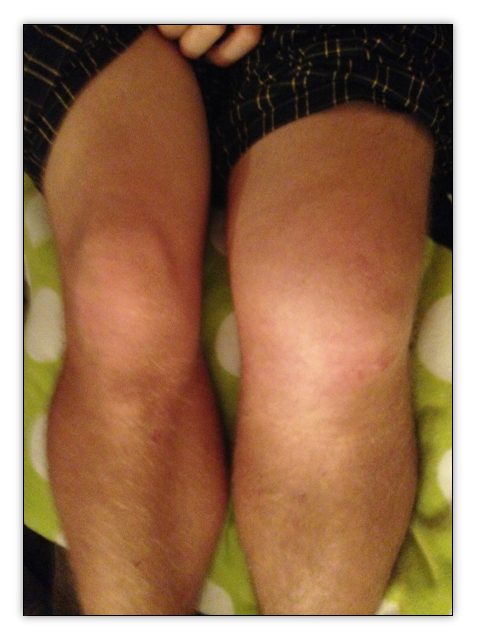
Initially, the knee needs to be protected. Use the knee immobilizer and/or crutches and avoid full weight bearing.
- Apply ice and an elastic wrap (ace bandage) to control swelling. Elevate the leg and use elastic stockings if the leg is swollen.
- Contact your Physician and have a thorough examination of the injured knee. It is important to understand from either X-ray or MRI what is going on internally. We do not want to injure the leg further.
- If no fracture or break is present, you may be able to walk on the injured leg. As the pain lessens and the swelling decreases, try to gradually regain knee motion. Avoid pivoting or twisting the knee because it might be unstable and give out.
- Do not place a pillow under the knee for comfort. This can lead to knee stiffness.
- When walking, bear weight according to the doctor's instructions. Use crutches to assist when walking. You may gradually wean from 2 crutches to 1 crutch, held on the side opposite the injured knee. Progress to no crutch(es) or brace when you can walk without a limp and there is no pain.
- Ice the knee if there is pain and swelling. Place a towel or cloth between the skin and the ice to prevent skin injury.
- Ice for 20 minutes, three times a day.
- At about three weeks following injury, the pain is usually subsiding and the swelling is lessened.
Pre-operative
I would now have you (the athlete) perform low-level exercises to help regain flexibility, maintain muscle tone in the thigh (quadriceps) muscles, and straighten the knee.
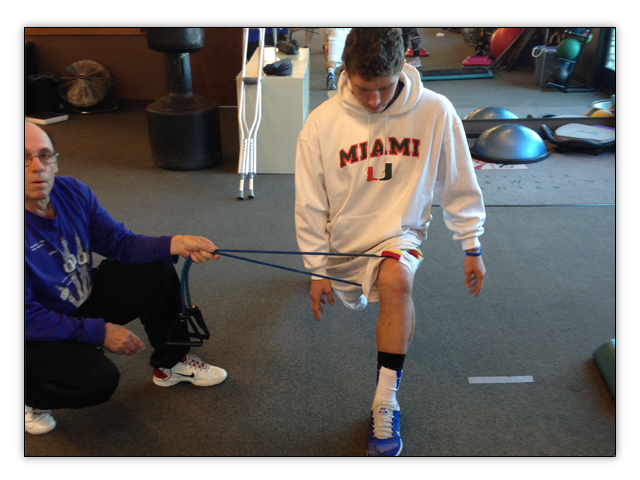
I will have you perform several exercises to help straighten (extend) your knee.
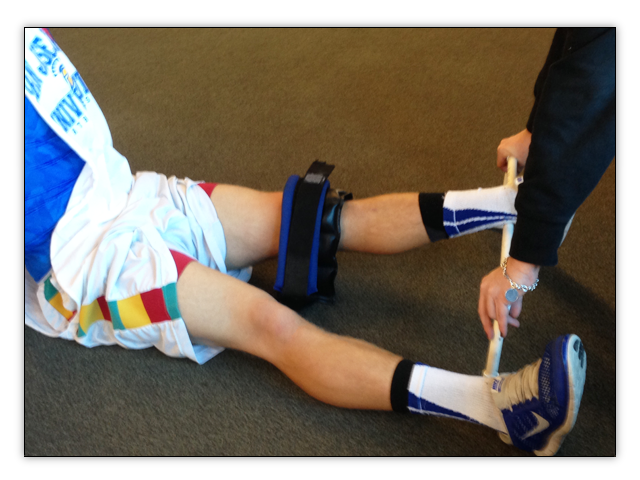
I will have you perform several exercises to help regain the bend (flexion) of the knee. I will provide you with several exercises that you can do at home when you are not with me at my facility.
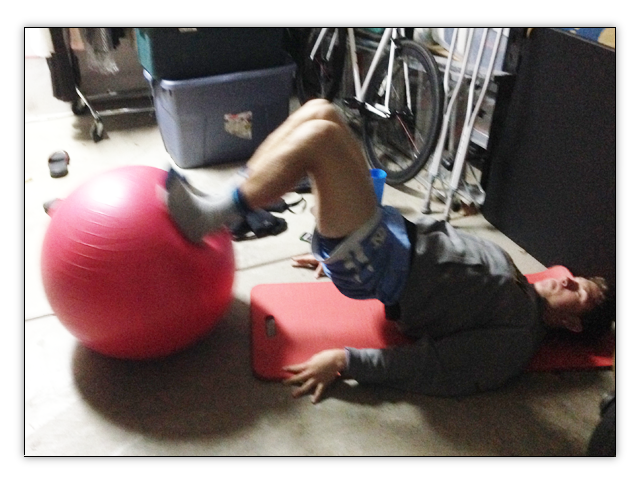
Operation
There are a number of choices available to the orthopedic surgeon in determining which graft is best for a patient who is undergoing ACL reconstructive surgery in their knee.
The most popular grafts are:
- Patellar Tendon Graft
- Hamstring Tendon Graft
- Quadriceps Tendon Graft
- Allograft (Cadaver)
They all have excellent clinical results in terms of providing a 90-95% "Good" to "Excellent" outcome and return to pre-injury level of sports and activities.
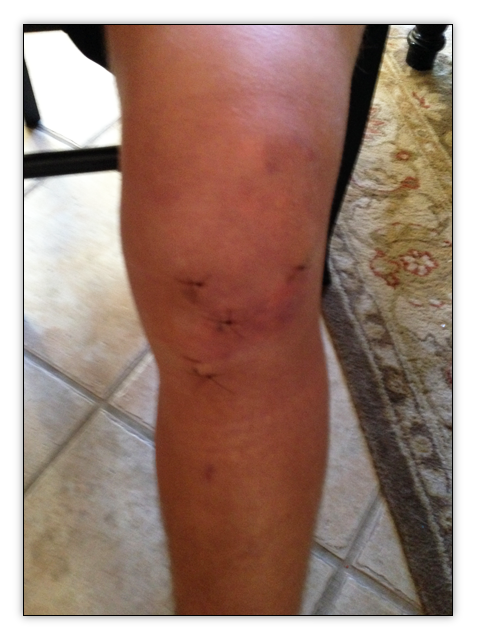
Post-operative
The first 1 1/2 - 2 months after surgery will be spent with a Physical Therapist where you will work to regain mobility and flexibility in the knee.
Physical Therapy
The Physical Therapist will take the initial measurements and chart a baseline.
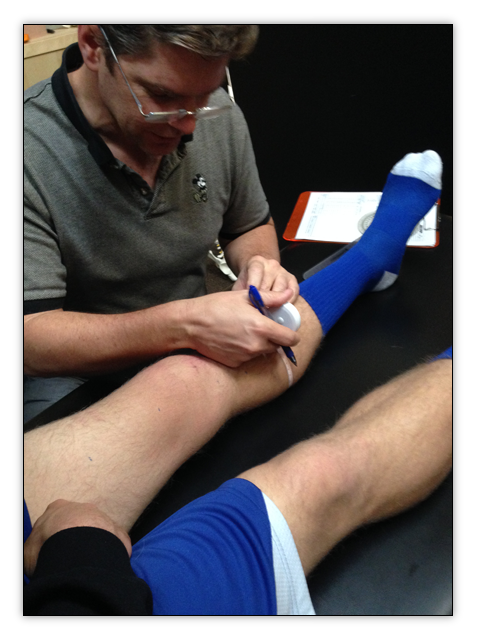
The Physical Therapist will work to regain the range of motion and break down scar tissue.
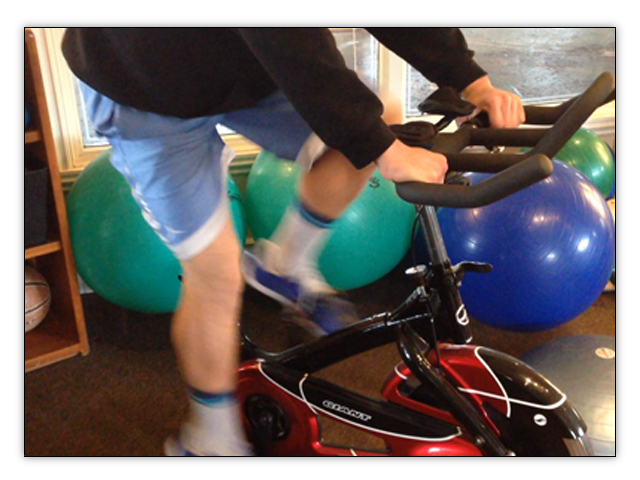
In the early stages of ACL Rehabilitation, the Physical Therapist will utilize several low impact exercises. The idea is to "Wake Up" the quadriceps and get it firing again. Flexing the thigh muscles help realign the patella.
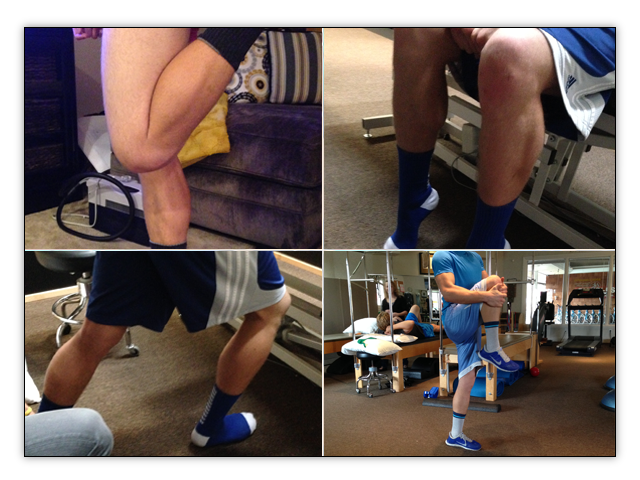
The Physical Therapist will progress into more advanced exercises using bands and a greater range of motion.
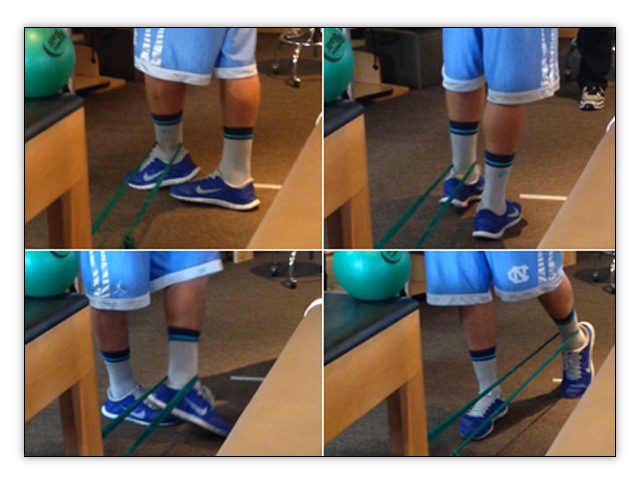
ACL Rehabilitation
Once you are able to walk without any pain or noticeable limp we can move into the ACL Rehabilitation phase. I will take new measurements to see where we are prior to commencing your rehabilitation.
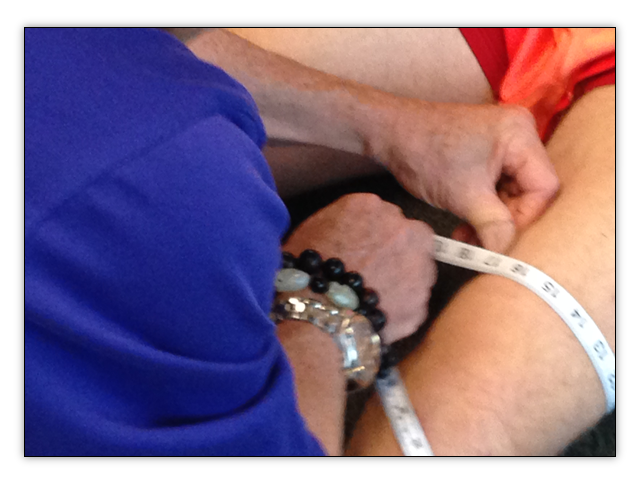
I will work with you to increase the strength of your hamstrings along with your quadriceps. Having strong hamstrings are key.
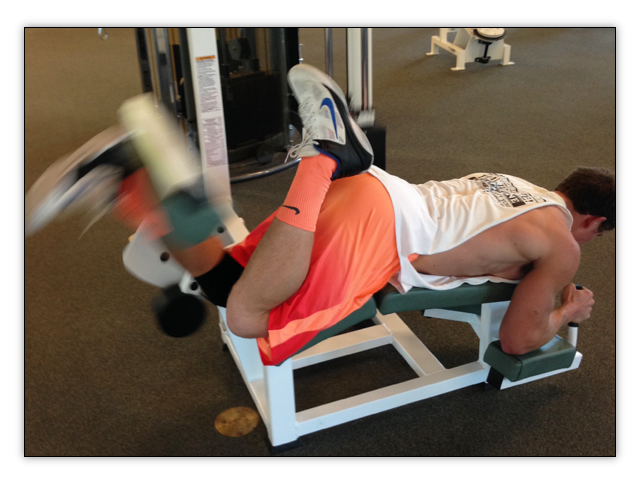
During this phase I will be administering a strict set of exercises that are aimed at enhancing foward, backward and lateral mobility, with progression to higher-level exercises (always adhering to the Physician's instructions).
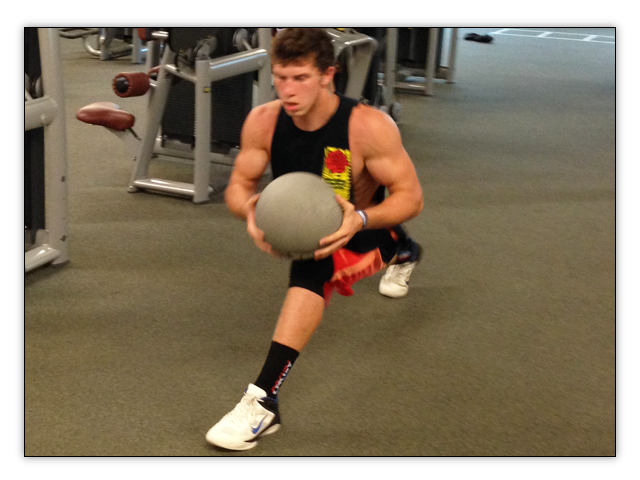
I use the Shuttle MVP for low-impact Plyometrics.
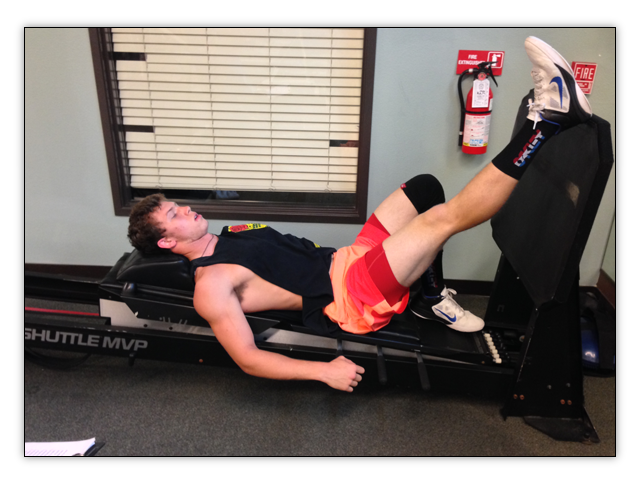
I encourage a single-leg routine, as well as a double-leg routine, for athletic development.
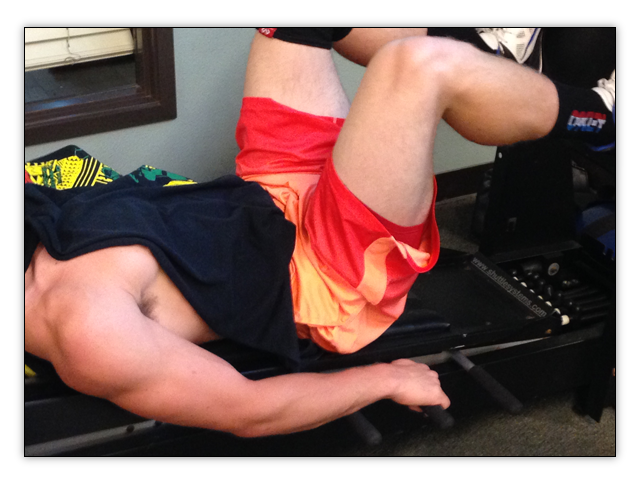
Isolating each leg helps build mass as well as improves balance.
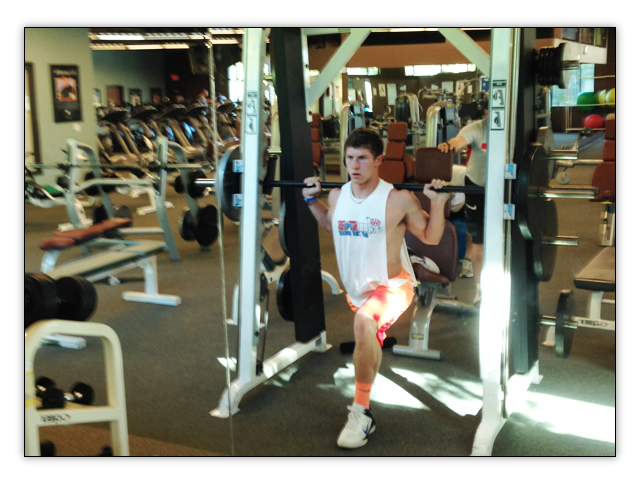
I use various balancing exercises (Proprioceptive training), starting on a stable surface and then progressing to an unstable surface.

Although we are not ready to leave the ground at this stage of the rehabilitation, for Plyometrics, I use a raised platform and bands to build explosiveness.

A slideboard is an excellent tool for regaining lateral movement.
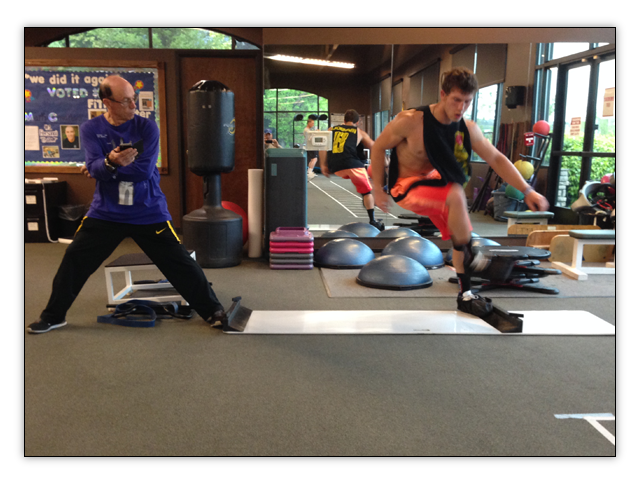
Transition to Competition
Once the Physician clears you, we can move into exercises aimed at transitioning you to competition.
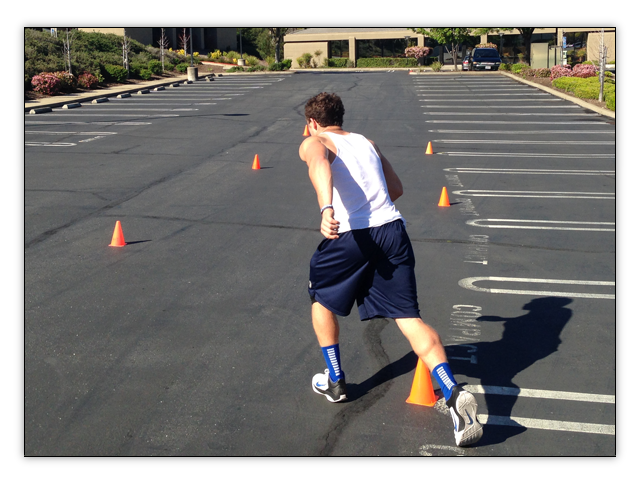
The rehabilitation process is an ongoing process of re-evaluation, with specific changes in your program based on your progression. You will undergo a functional evaluation at 14 weeks, 6 months, and 1 year post-operatively to objectively assess what specific strengths and weaknesses exist. I will continue to work with you to build strengh and become competition ready, adding running mechanics, speed and agility exercises.
At this time, we will want you in a brace for added support. There are many great braces available that are non-intrusive.
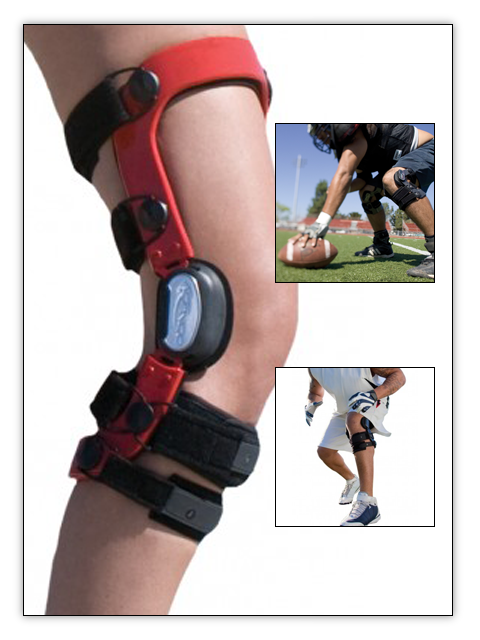
The expected rehabilitation time frame is anywhere from 6-9 months depending on healing, tolerance, and the type of graft you received.
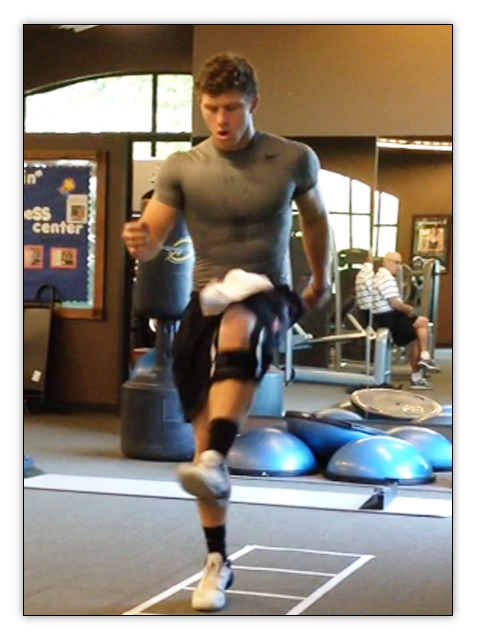
Once we get started though, I will personally guarantee... Not only will you be ready to play again, you will be bigger, faster, stronger, and more agile than before your injury.
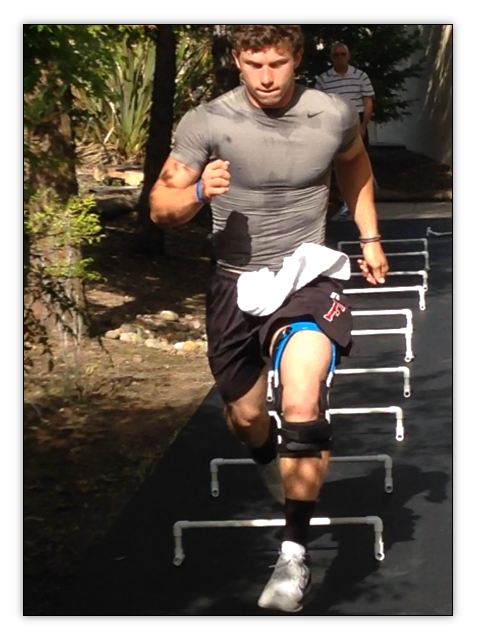
|







